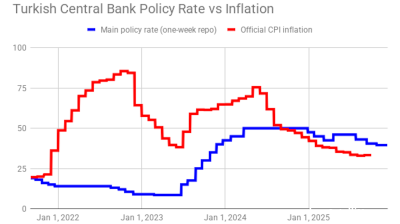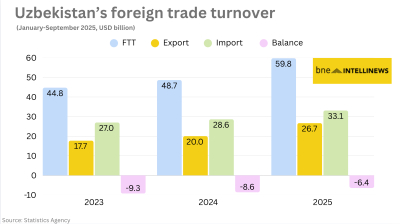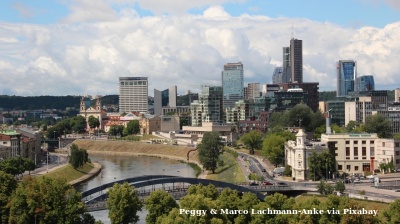The Organisation for Economic Cooperation and Development (OECD) has upgraded its forecast for Slovenia’s 2017 GDP growth from 3.8% to “over 4.5%”, according to the press release issued on the occasion of the latest Economic Survey published on September 5. No revised figure for 2018 growth was revealed (the unrevised figure is 3.1%).
New data released by the authorities led experts to revise their estimate upwards after the OECD Economic Survey (including the unrevised 3.8% forecast) went to print, the OECD press release explained. Indeed, on August 31, the country’s statistics office announced that in the second quarter of 2017, GDP went up by a real 4.4% y/y. The H1 growth rate was 3.1%.
Separately, fiscal consolidation is proceeding faster than planned, data from the finance ministry revealed on August 29. Fiscal consolidation is of key importance in the country whose debt exceeded 80% of GDP at the end of 2015.
The OECD forecast is the most optimistic among IFIs projections so far. In June, Slovenia’s central bank revised its 2017 GDP projection from 2.5% to 3.5% GDP. S&P projected 3.7% growth in 2017, followed by a 3.4% advance in 2018 when it upgraded Slovenia’s sovereign rating (to A+/stable) on June 16. On a slightly less optimistic note, on August 25 Fitch announced it had raised its expectation of real GDP growth in Slovenia to 3.4% in 2017 and 3.1% in 2018. Fitch also maintained the country’s sovereign rating at A-/stable.
The Slovenian economy is rebounding after a long downturn, experiencing stronger growth, declining unemployment, healthier public finances and renewed income convergence with more advanced European economies, the OECD release reads.
But further reforms are now needed to increase investment, boost productivity, improve living standards and ensure that all Slovenians benefit from inclusive growth, according to a new report from the OECD. Investing in human capital (with a view to providing inclusive growth) and reducing administrative burdens in order to attract capital investments are the key recommendations.
Compared to the central European countries — the Czech Republic, Slovakia, Hungary and Poland — Slovenia ranks the second lowest (close to Hungary) in terms of the investment to GDP ratio, after surpassing all four peers in 2008 with a robust 29% ratio.
In regard to investing in human capital, Slovenia is witnessing a significant labour shortage: over 35% of firms report lack of personnel, compared to around 15% in the EU28 and 12% in the euro area. The survey recommends greater investment in programmes to help workers maintain skills or re-skill to gain a foothold on the labour market.
Sustainable public finances will be another key element of ensuring further economic expansion, the OECD explains. While the budget deficit and public debt have both declined as a share of GDP, and are currently on downward trajectories, ageing-related spending pressures will continue mounting in the long-term without further action. Slovenia’s general government debt is estimated at about 77% of GDP in 2017, according to the ministry of finance’s May 19 statement. The figure is, however, lower than forecast by the European Commission, which said in its latest Slovenia country report that in 2017 the debt to GDP ratio is projected to continue to decline to 78.9% of GDP, on the back of a lower headline deficit and reduction of cash buffers.
The state budget deficit is narrowing faster than previously planned and according to estimates from the ministry of finance, the deficit will amount to €279mn in 2017, which is significantly less than the estimated deficit of €681mn planned in the budget adopted last year, the Bank of Slovenia (BS) said.
The survey recommends measures to contain cost increases in pensions, with the primary focus on increasing the statutory and effective pension ages, as well as in health and long-term care.

Data

Turkey's central bank remains cautious, delivers 100bp rate cut
Decision comes on eve of next hearing in trial that could dislodge leadership of opposition CHP party.

Polish retail sales return to solid growth in September
Polish retail sales grew 6.4% year on year in constant prices in September, picking up from a 3.1% y/y rise in August, the statistics office GUS said.

Uzbekistan’s nine-month foreign trade nears $60bn
Export growth of 33% and import expansion of 16% y/y produce $6.4bn deficit.

Hungary’s central bank leaves rates unchanged
National Bank of Hungary expects inflation to fall back into the tolerance band by early 2026, with the 3% target sustainably achievable in early 2027 under the current strict policy settings.




